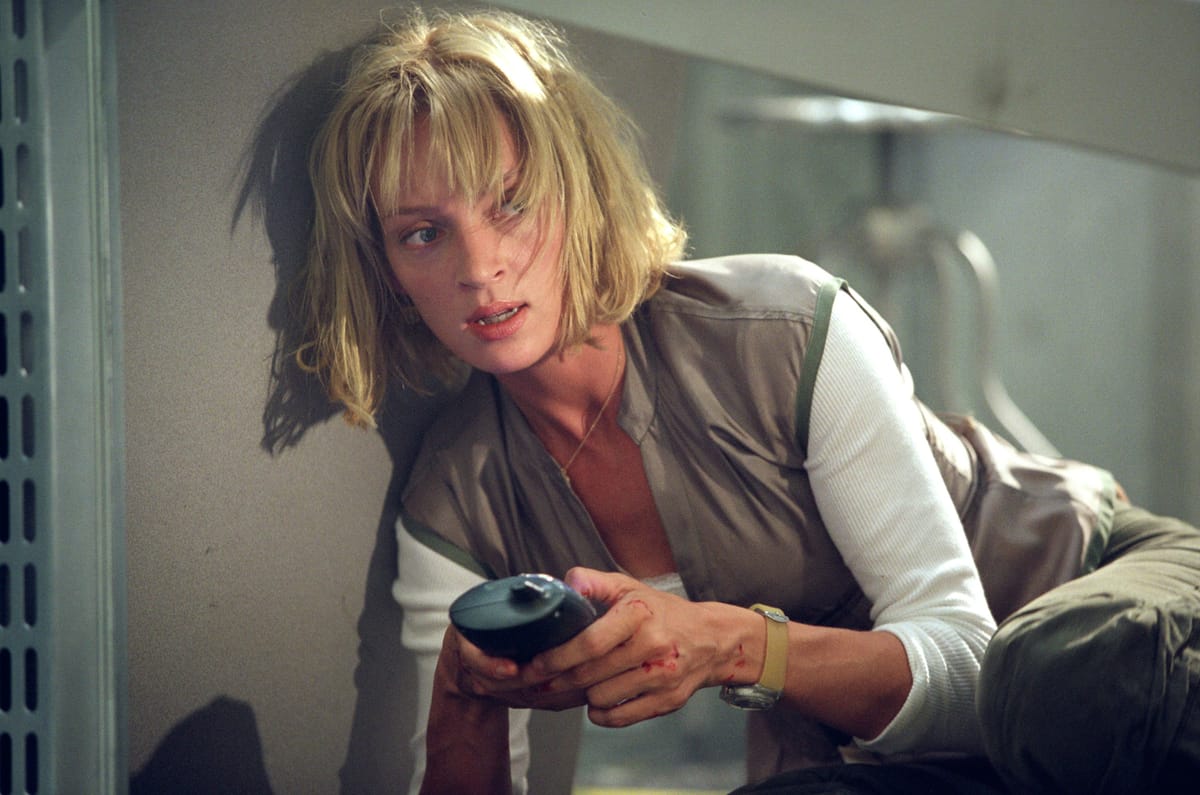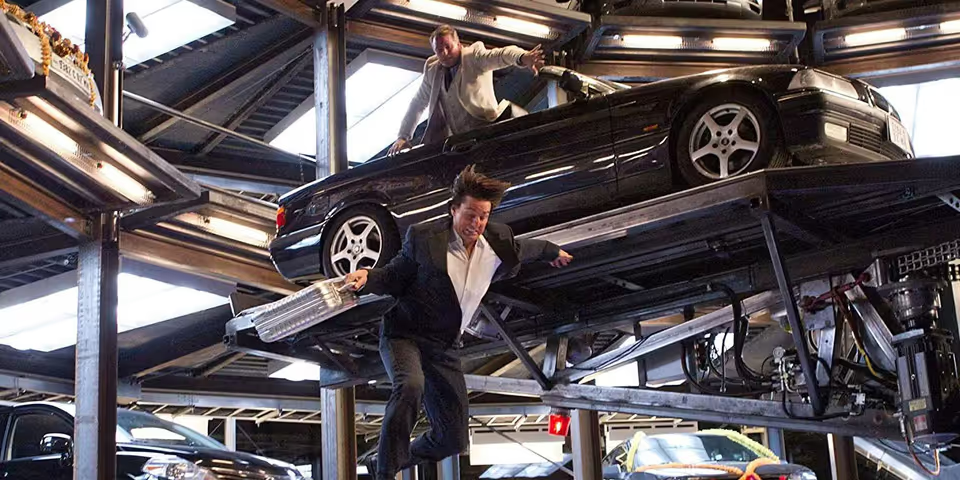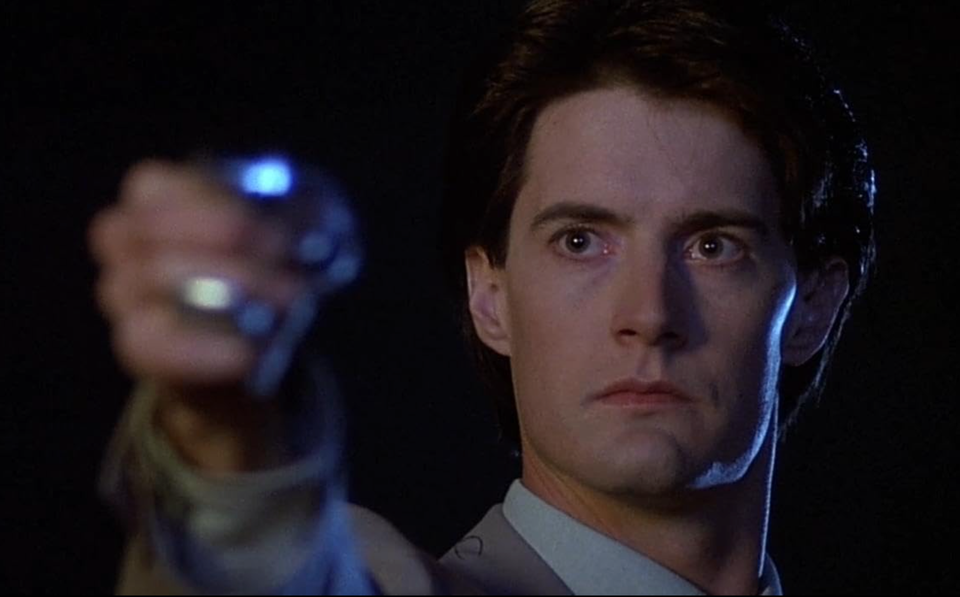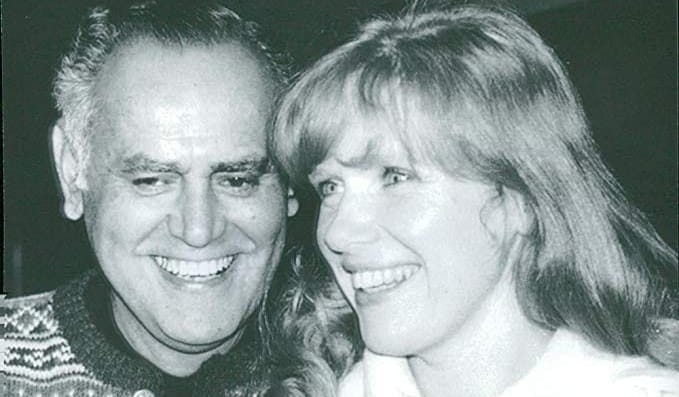It's not the plot. It's the emotion.
It's the emotion, stupid. The emotion is what counts. Always, always, always.

The Story and Plot Weekly Email is published every Tuesday morning. Don't miss another one.
I am currently writing an old screenplay. I first wrote this one in 1999 or so. It's one of my earlier scripts and probably the first one I felt was genuinely GOOD.
I made some money off it over the years. I optioned it three times. At one point it was set up at Castle Rock with Nicolas Cage attached to star.
This one really should have been made.
Unfortunately, events always seemed to conspire against it. Often, it was a competing movie that people were worried about. If not MINORITY REPORT, then John Woo's PAYCHECK.
Dark Horse Comics and Universal tried to turn it into a TV series.
It just never could get going.
Earlier this year, the producer asked me if I was interested in revisiting it.
I was. I never give up on a project if I love it. Not every screenplay ages well, but some don't age a day. DADDY'S GIRL was 12 years old when we sold it.
But this is 25 years later.
It's without question the oldest project that I have re-engaged with.
So, I reread a 25-year-old screenplay of mine.
It's not as bad as I feared. I was a pro at this point, after all. The structure is solid. That's no surprise. That's always been a strong suit.
The dialogue was a little clunky, and the most dated element of the script. No big deal there. I can fix that.
But more than anything else, what the script lacks is emotion.
It's a note I give friends and students all the time.
Where is the emotion?
Sure, the big moments had it. The designed moments. But it often lacked life in between them.
The scenes between the big scenes felt like… a movie.
Even when there was emotion, they were not human emotions. Not lived-in emotions.
They were the kind of emotion you see on screen.
Scenes were too busy doing their job.
Something has to happen in every scene that justifies why it's in the movie. I like to frame this as, "What changes?"
What is true at the end of the scene that is not true at the beginning?
This is what moves the story forward.
When this reason is plot-focused, a mistake we writers make is that we make the scene plot-focused, too.
But the audience doesn't care about the plot. They care about the emotional reaction to the plot.
They care about how the plot's events make them and the characters they're watching feel.
And if those emotions are missing…
The scene seems to exist to get to the next scene. It does its job with no lingering effect on us or the character.
A scene from the screenplay.
Here is an example: a scene on page four of the screenplay. This sci-fi script takes place the day after tomorrow.
In this future, if someone dies they can be resurrected. It's tech and can go wrong, but people have a backup in case something happens to them.
This is where the concept is first introduced to the audience. A police officer is shot, and he suspects he is paralyzed. Lang, our hero, knows his friend can return completely healed so he takes care of it.
This is just flavor. It's world-building.
We see Robbins later, but it's not crucial. It's just paying this off and using what we created.
The point of the scene is:
- Introduce this new world and this bizarre technology.
- To show Lang's willingness to shoot someone for their own benefit.
That's what NEEDS to happen.
The headshot adds some brutality, but I assume it is meant to make it quick (it's been a while since I wrote this!),
The emotion I wanted was for the audience to wonder, "What the hell is going on? This is our hero?"
But genuine emotion is missing.
What we currently have is movie emotion. It was written by a writer whose idea of genuine emotion was based on the movies he grew up with.
There's an attempt at a '90s cool line before doing something awful—no emotional investment in the moment at all.
The scene does its job and moves on.
It's all intellectual. It's an idea.
It's a plot point.
I know what I would have said to the note.
If I could explain this to my old self, I have no doubt that younger-and-dumber me would say, "But that's the point. In this world, it doesn't matter. It happens all the time."
But this isn't true.
- Lang is the only one willing to do it. Others refuse.
- A significant part of the movie concerns what happens when the tech goes wrong, so there is MAJOR risk here. It's not foolproof.
- It's noted later that it's a criminal act.
- A man is shooting someone in the head! And it's someone he knows!
In short, everything indicates that this is a big deal EXCEPT the character's behavior, which is the one thing we need for it to matter to us.
If it doesn't matter to the characters on screen, it won't matter to the audience.
Their emotional investment is our emotional investment. And the audience WANTS to care. They WANT to feel something.
It's the emotion, stupid.
A political expression coined by James Carville during the 1992 Presidential campaign was designed to remind everyone of the campaign's message.
It stated simply, "The economy, stupid."
It eventually morphed to "It's the economy, stupid," and I think it fits pretty well with emotion and us.
The emotion is what counts.
Always, always, always.
It's the emotion, stupid.
Put it on the wall if you have to.
Know your intention.
Know why the scene is there and know what emotion you want. As mentioned earlier, the point of the scene in question is:
- Introduce the world and the bizarre result of this technology.
- Show Lang willingness to do what others won't.
We then ask, what's the emotion of the scene? This comes in two forms:
- What is the emotion from the characters?
- How do we want the audience to feel?
Sometimes, they're the same, but by no means always.
All these things together give us our intention.
This is what we are trying to achieve in the scene. Our job is to determine the best, most compelling, and emotional way to do it.
If this is true, what else is true?
Instinctively, I know a man shooting another man so he can be resurrected later is packed with drama and emotion.
The idea promises this. So I want to explore it.
As I tell my students, have fun with it.
What are the emotional ramifications of this? What are the obstacles? The expression I learned in improv, "If this is true, what else is true?"
First, I want to make it horrible for Lang, so I am down with anything that makes it more difficult.
- First, the realization that Robbins is paralyzed and what needs to happen. That moment itself is enormous.
- Perhaps the paramedics show up, and Lang is furious, shouting for them to get away. The last thing he and Robbins want is for Robbins to be saved. (Imagine the audience's reaction to this moment!)
- Are there cameras anywhere? Body cams on the cops? Got to get rid of those.
- Does Lang drag Robbins' body out of sight so no one else can see? (Again, the audience will be curious about what the hell is happening here.)
- Does Robbins change his mind at the last second? If he is too scared to proceed, what does Lang do then?
- What is the emotional weight after the shooting? Does Lang pretend he is confident of the decision only to break down when he is by himself later?
- What about the paramedics? What do they say afterward to Lang? Some of the other cops?
- What about when Lang goes home to his family? What emotional weight is there, and how do we use it to build for the rest of the movie?
And this is just me riffing. So many more interesting options are available than, "You're too good a point guard to let go."
The emotion helps why the scene is there.
This is vital. Unless the emotional choice undermines the purpose of the scene (in which case, make a different choice), it will strengthen that purpose.
If we want to show Lang do what others are unwilling to do, it only helps us show that this comes at a cost.
It makes his choice more meaningful.
And it makes us care about HIM more.
If it cost him nothing, that act means nothing.
We also create a much more meaningful scene where the audience is actively engaged. They move from moment to moment as the good guy does the opposite of what we expect him to do.
We portray him as the good guy, so the contradiction holds their attention. It's not a question of, "What was that about?"
Instead, it's a short emotional journey where curiosity is piqued, and the message is: "Welcome to a new world. Things are different here."
Everything I want to achieve in this scene will be magnified by adding genuine emotion.
An exercise.
For your own work in progress, see where you can mine more emotion. Go beyond what needs to happen in the scene.
Take that as the given.
And then explore the emotional possibilities that could happen. Can someone care more about what is happening?
Are they fully invested?
Can what they're doing come at more of an emotional cost?
Can a character have a different emotional reaction? Something more surprising but still has emotional truth?
How can the scene be more emotionally engaging for the audience?
How do you want them to feel? Spell it out. Write it in a sentence and be as clear as possible about it.
And ask yourself whether you're achieving it.
The Story and Plot Weekly Email is published every Tuesday morning. Don't miss another one.
When you're ready, these are ways I can help you:
WORK WITH ME 1:1
1-on-1 Coaching | Screenplay Consultation
TAKE A COURSE
Mastering Structure | Idea To Outline




